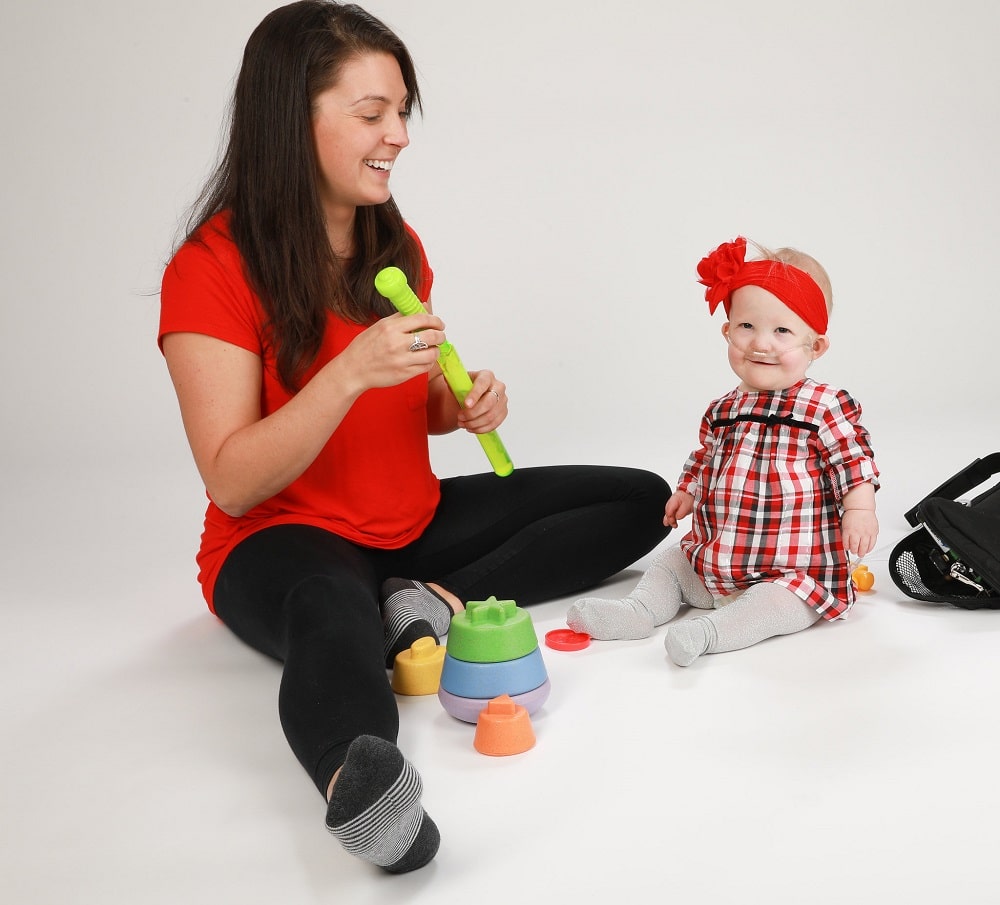Solace Blog
- Activities19
- Autism & Behavioral4
- Community154
- Early Intervention71
- Events & Giving Back20
- Extraordinary Kids22
- Family Caregiver4
- Home Care Therapy60
- News94
- Parent Articles83
- Patient Testimonial21
- Pediatric Therapy77
- Pediatric Therapy Career46
- Private Duty Nursing1
- School-Based Services1
- Telehealth Therapy27
- Tips & Advice66
Summer Reading List: Books to Inspire Therapist Growth
Cooling Off with Aquatic Therapy: Benefits and Best Practices
Sensory Activities For Kids

From School To Home: Christian’s Shift To Impactful Therapy
Speak, Listen, Connect: 6 Communication Strategies for Therapists

Babies and Torticollis
By definition, torticollis is “a condition in which the head becomes persistently turned to one side, often associated with painful muscle spasms”. Unfortunately, this condition is somewhat common in newborns. Equally seen in both boys and girls, torticollis can be present at birth or take up to 3 months develop. No one knows exactly why babies develop torticollis; some believe it is the way in which the baby was positioned in the womb, and others think it results from a difficult childbirth. Moreover, the use of forceps or a vacuum during delivery could increase a child’s susceptibility to torticollis. Luckily, most babies don’t feel any pain from torticollis, and the issue gets better with position changes, stretching and help from a therapist.
Discovering Torticollis
Left untreated, torticollis can become a permanent condition. Babies with torticollis will likely act just like babies who do not have it! Typically, the only difference in behavior is notable when the baby is doing an activity that involves turning. For example, a baby with torticollis might tilt his/her head in only one direction, or might prefer to look over his/her shoulder instead of following you with his/her eyes. Babies who have torticollis might prefer one breast over the other when nursing, and might get really frustrated when he/she is unable to completely turn his/her head. Additionally, babies with torticollis could develop a flat head – called positional plagiocephaly – which occurs when lying in one direction all the time.
Helping Your Baby at Home
There are things you can do at home to help your baby with torticollis. For starters, when your baby wants to eat, offer your breast or bottle in a way that encourages your baby to turn away from his/her favored side. When playing with your baby, use toys and sounds that make him/her turn in both directions. Also, tummy time (laying your baby on his/her stomach for brief periods of time while awake) is important because it helps strengthen the neck and shoulder muscles. In addition to working with your child at home, a pediatric physical therapist can help the issues caused by torticollis. With you and your baby, the pediatric PT will work to strengthen neck muscles and gain pain-free range of motion. As with all therapy, your child’s pediatric physical therapist will come up with an individualized treatment plan for him/her to achieve fast treatment results with the best outcomes.
Share this Post